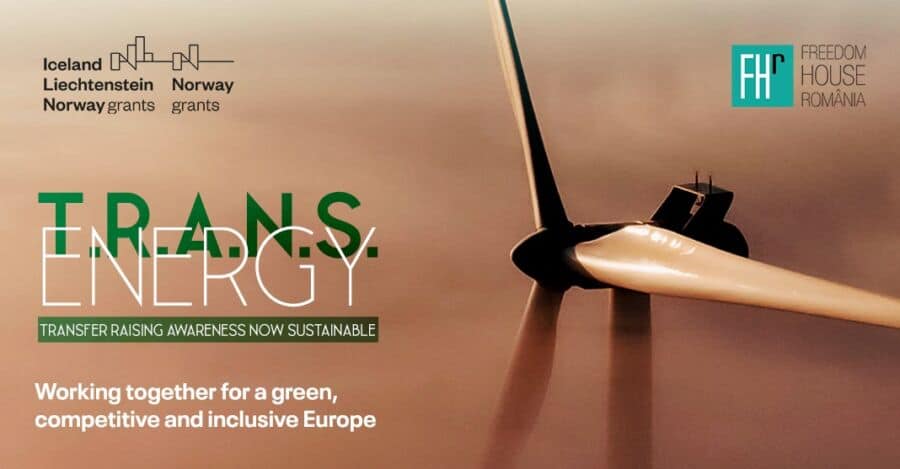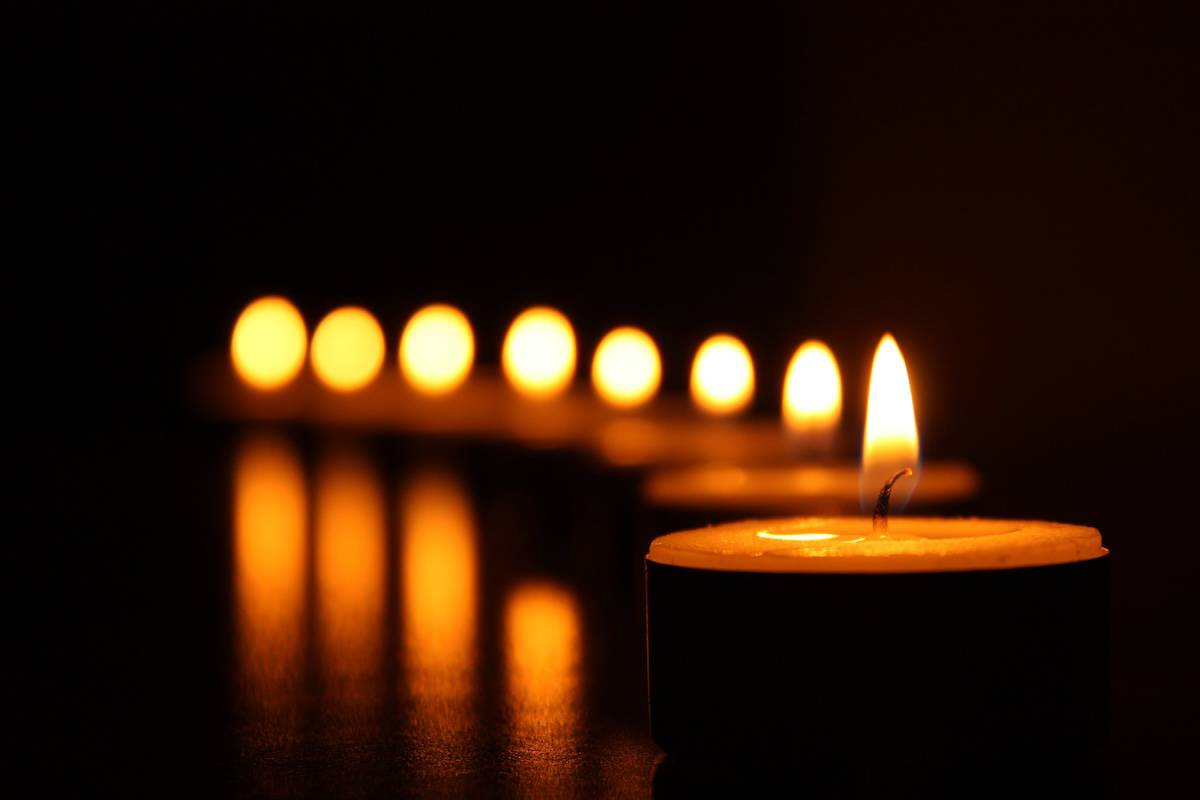How much does a house without bills costs. A self-contained home is already an achievable project. You don’t have to be rich.
We don’t just mean electricity and heat when we talk about self-contained homes. A bill-free home can be equipped with all utilities, not from a centralized network, but owned by the house owner.
That means no water and no sewerage from the public grid but with a septic tank or a mini sewage treatment plant. No natural gas connection (all appliances in the house are electric), instead with „on or off-grid” photovoltaic panels (connected to the public electricity grid or with their storage batteries) and solar panels for hot water.
Read also: I am a prosumer since 2021. How long I waited, what I got
The only public grid you usually need to connect to is the electricity one, to become a prosumer – you deliver the electricity produced by your photovoltaic panel system to the public grid and consume it as and when you need it (energy production with photovoltaic panels is higher in summer, while consumption in a home is higher in winter).
How much does a house without bills costs
The data presented in this article represents a personal experience. I have been researching for several years, precisely with the idea of building my own self-sufficient home. I have therefore learnt by „trial and error” what is economically efficient, and also good for living conditions.
Photovoltaic panels have been increasingly talked about lately and are a topic of debate both in online and traditional communities. On the Green House programme, most people apply for the photovoltaic power generation system.
At the same time, heat pumps are also becoming more popular and are replacing traditional central heating systems.
The discussion is less about water and sewage – now almost a luxury for some and a problem in big cities, where in the summer, when there is drought and heat, the authorities call on people to stop watering their lawns or vegetables in the garden with water from the public mains, because they risk the city running out of water.
And the cost of piped water services is rising.
Romanian heat pumps, preferred
If until a few years ago, equipping your home with photovoltaic panels, heat pumps or wastewater treatment systems seemed like a far-off dream, lately Romanian manufacturers of such equipment have entered the market, some of them extremely innovative and much cheaper than imported ones.
The largest Romanian manufacturer of heat pumps is a group of companies from Oradea, Termocasa. Winners of the Gold Medal at the Geneva International Exhibition of Inventions in 2018 and 2019, the Romanian firm supplied half of the heat pumps sold on the Romanian market last year.
Why have people started buying locally-made heat pumps?
„There were around 5,000 pumps sold all over the country and ours were over 2,000. We have two advantages, which I consider the most important. Price and warranty.
We have a warranty of up to 20 years, depending on the product. For air-water pumps it goes up to 10 years, for water-water, up to 20 years, for solar panels, which we also produce, we have a 25-year guarantee”, explains engineer Adrian Farcaș, administrator of Termocasa Group.
What the pumps made in Oradea come with
There are three types of heat pumps and each has its advantages. The air-water ones extract their energy from the air, have the lowest installation cost but also the lowest efficiency in terms of energy consumption.
Water-to-water pumps extract their energy from water but add to the cost of the pump the cost of the borehole. And ground-water pumps extract their energy from the ground, with the price of drilling wells added on top.
„Air-water pumps are the easiest to install and with the lowest cost, but they also have the lowest efficiency. They work like air conditioning. If the winter is mild, they’re fine. If the winter is harsh, they consume more.
Water-to-water heat pumps have the best efficiency and the longest life.
They are followed by ground-water pumps and then air-water,” says Adrian Farcaș.
In addition to the low price and extended warranty, Romanian pumps also come with innovations that make them longer lasting and more comfortable for the user.
„The pumps we produce are different from others on the market because of the heat exchangers. They don’t make deposits, which is extremely important.
Everything else on the market makes deposits and clogs within a year, has to be cleaned with expensive solutions, and parts replaced. There are costs and we have eliminated that problem. We are talking about water-to-water heat pumps.
Even if it freezes, it won’t crack, because the risk of freezing is very high only if it makes a deposit. For ground-water pumps, we have no other innovations compared to the others on the market, but for air-water pumps, the same exchanger is made up of up to five circuits.
That means it has one water circuit to which up to four individual heat pumps can be connected – we call them modules.
I mean, it’s like a car with four engines. For example, a house of 150 square meters needs a heat pump with two units. The advantage is that they don’t defrost (reversing their operating cycle and giving cold air to remove ice) all at once.
Since there are several modules, one module will always be heating and one cooling. The cooling process on our pumps is about three minutes, compared to 15 minutes on other pumps. And depending on how cold it is outside, the modules start up one at a time.
If it’s less cold, one module starts. If it’s colder, the others start up in turn.
This makes them much more efficient and, another advantage, both or three or four units never break down, so you’re never cold”, explains the Romanian inventor.
How much does it cost to have a house without bills. Half-price pumps
Heat pumps are also recommended depending on how well your home is isolated. „An uninsulated house of 100 square metres needs a pump with two modules, while a 220 square metre house insulated with 20-centimetre polystyrene is fine with a single module,” says Adrian Farcaș.
As for the price, which is one of the determining factors in the purchase of a heat pump – especially since the sums involved are not small – Romanian pumps are much more affordable than the imported ones.
„Compared to Chinese pumps, we are at the same prices. Compared to well-established pumps – Swedish, for example – we are half the price. But the guarantee is incomparable.
There is not much difference in efficiency between Chinese, Swedish, or our pumps. They also consume the same amount. It’s the same technology. The difference is the insulation of the house”, says the manager of Termocasa.
Photovoltaic and solar panels, plus heat pump. How much does it cost
As a concrete example, for a house of 150 square metres, with medium insulation – polystyrene or 10 cm basaltic wool – you need a 12 kW heat pump.
„I can give you an example from just recently. We installed a 12 kw air-to-water heat pump, 10 kw photovoltaic panels and it cost, turnkey, 12,000 euros.
That’s 5,500 euros for the heat pump with all accessories and installation and 6,500 euros for the photovoltaic panels with inverter and installation.
This is just the prosumer file, which is between 1,000 and 2,000 lei, depending on the area,” explains Adrian Farcaș.
For hot water, solar panels are the solution to getting rid of gas or electricity heating. They are most efficient in summer, it’s true, but they also help electric boilers a lot in winter.
Direct-absorption solar panels are another innovation of the Oradea engineer Adrian Farcaș. By eliminating intermediate steps in heating water in the sun, the panels, for which he has also received two patents, are more efficient than conventional ones.
In addition to efficiency, the Romanian inventor’s solar panels are guaranteed for 25 years.
How much does it cost to have a bill-free home: direct-absorption solar panels cost between €450 and €745, depending on their size. For four people, the solar panel costs €500. And complete systems, with boiler, expansion tank, and all the automation needed, cost between €1,300 and €1,750.
In conclusion, for electricity, heat and hot water production, for a 150 square metre house for four people, the investment is €13 600.
Read about how much it costs to stop paying for water and sewage in the article How much does it cost to have a house with 0 bills. Bored wells and septic tanks or mini sewers.
Follow PressHUB on Google News!





